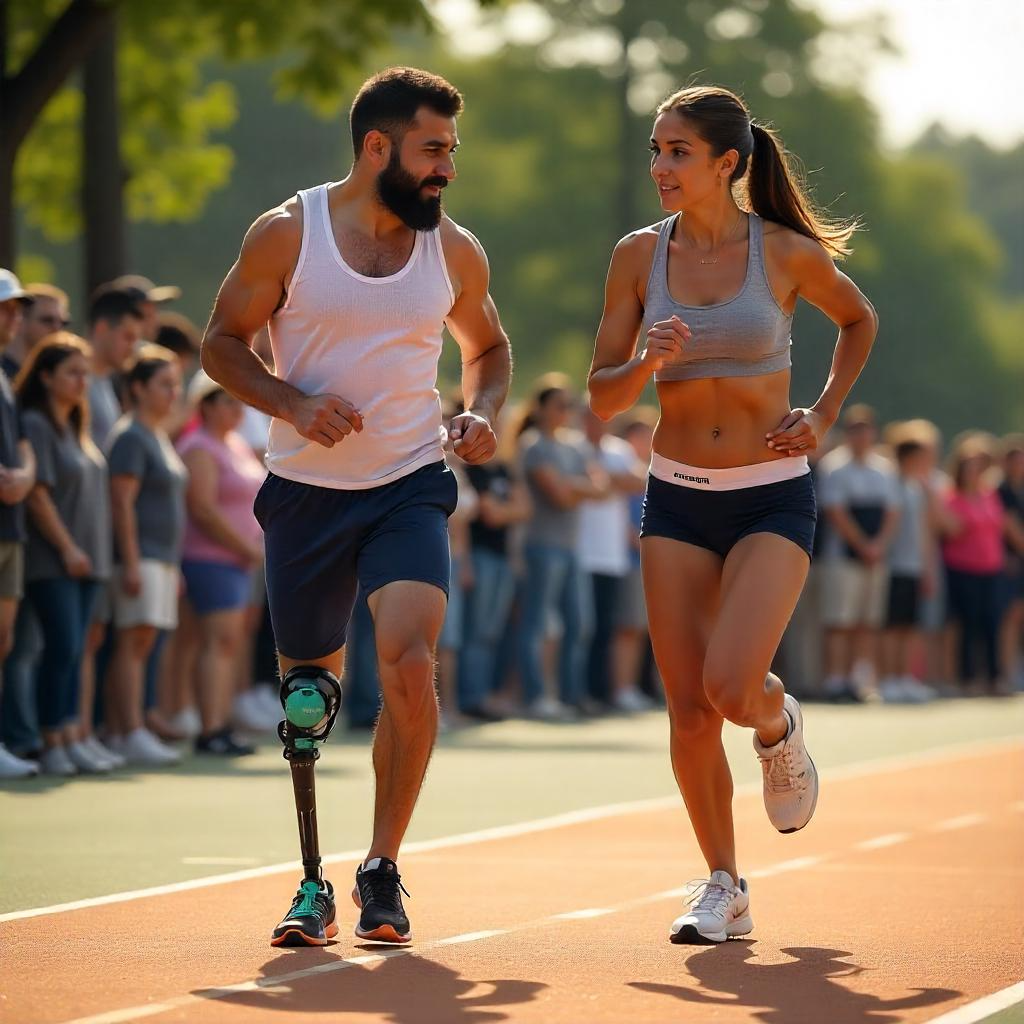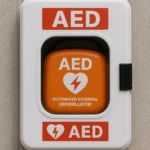
Transforming Biotech with 3D Printed Prosthetics and Tools

The Emerging Trend: 3D Printing in Biotech
Why This Matters Today
3D Printing reshapes Biotech, and at this moment, it is the foremost craze that changes the world.
- Personalization: Tailor-made solutions that operate individually, thus ensuring better recovery and a more comfortable lifestyle, are being implemented.
- Efficiency: Production procedures are more streamlined, reducing cost and time. This trend is worth watching for patients, researchers, and healthcare providers. Moreover, it is a vital part of the next generation of the healthcare sector.
- For Patients: Maximizing mobility and enhancing the quality of life will soon be the pressing issue.
- For Researchers, updates in technology will make Exciting New prospects in the field of medical approaches possible.
- For Providers: The development of improved instruments is the key to improving results and speeding recovery. Implementing this technology is a good move and necessary for a future healthcare system that puts individual needs first.
The Historical Context of 3D Printing in Biotech
3D Printing was introduced in the 1980s, and it has changed the world for the better. In the healthcare sector, the ability to produce prosthetics and other tools customized to fit patient requirements has brought about a revolution.
Evolution in the Health Sector
- At first novel, 3D Printing refines the custom fix delivered to the single patient.
- The Nature of materials in this field of study has changed from rigid to biocompatible substances.
Impact on Medicine, Technology, and Public Health
- Precision Enhancement: The user is equipped with the power of better custom alignment among patients and anatomy.
- Reduction of costs: Mass production of customized tools slashes costs.
- Improves access: The patient can have the appropriate therapies. 3D Printing is on the way to becoming more individualized medicine due to the innovative technology of 3D Printing.
The Current Trends in 3D Printing in Biotech
The Victory of Healthcare with Personalized Solutions
3D Printing is revolutionizing how we make prosthetics and surgical tools while enhancing Biotech. 3D printing technology seems to be advancing quickly from its cutting edge to being shared due to the following developments:
- Prostheses Tailored to Patients: Custom-made artificial limbs can be manufactured in a few days. Thus, insertion becomes less painful, and patients feel better.
- Sharper and additional control over the procedure: Professionals use 3D-printed equipment designs adaptable for patient-specific anatomical regions, resulting in favourable outcomes.
The Vital Points
- Cost-Efficient Innovation: The 3D printing process dramatically cuts product development expenses.
- Production Speed: Due to the rapid creation of prototypes, doctors can quickly solve patient problems. To conclude, 3D printing technology in Biotech is the best practice for treating individuality and patient care, where only innovation is needed.
Impact on Patients and Families
3D Printing in Biotech is a game-changer in healthcare, primarily through custom prosthetics and surgical tools. Consequently, this has become more than a technology trend, as people can now find treatments that can be customized to their needs.
Improvements in Treatments and Quality of Life
- Enhanced Fit: “Custom prosthetics reduce discomfort and improve usability.”: “Discomfort can be reduced, and the custom prosthetics can improve usability.”
- Faster Production: Rapid prototyping methods allow surgeries to occur at the right time, reducing waiting times. Patients report feeling empowered. They find solutions that suit their lives and are happy. Families find it less stressful and experience a higher sense of well-being. 3D printing technology is being used to produce goods that can be personalized at a personal level. The future has nothing to do with the uniformity of the treatment because 3D printing technology is realistic in this future reality.
Impact of 3D Printing on Healthcare Professionals
Challenges in Adoption
Training Needs: The growth of 3D literature ESL professionals is among the challenges they face when acquiring and learning the necessary skills for 3D technologies. This will demand a lot of time and effort from other workers, which otherwise could be devoted to patient care. High Costs: Buying and Modeling entire 3D printing setups that are too expensive can prevent the proper function of the system. This may be one of the reasons why many institutions do not implement the 3D printing treatment.
- Integration Issues: Incorporating new technology into the currently in-use scheme is difficult; it matters a lot and can even break them apart.
Opportunities to Transform P
- Customized Solutions: 3D Printing is the new innovative way to make customized surgically fitting to patients that can enhance patients’ health differently.
- Management of Resources: It is possible to manufacture economic systems that will not only minimize the cost of production but also reduce the waste of resources because of throughput and supply chain.
- Innovative Collaboration: Interdisciplinary team-based innovation can facilitate the development of tailored patient-specific treatment plans. Being pro-3D Printing is not just about technology but about improving people’s lives through precision and innovation.
The Promise of 3D Printing in Biotech
Transforming Patient Care
Think of a world where healthcare isn’t the same for everyone. 3D Printing is changing that narrative by introducing custom solutions.
- Customization: Prosthetics that are unique and only for one person offer both more comfort and functionality.
- Surgical Precision: Custom surgical tools are more successful during surgeries due to better accuracy.
- Cost-Effectiveness: Reduced production costs mean both hospitals and patients will save money.
Enhanced Outcomes
This innovation elevates a patient’s experience to a much higher level. We can raise satisfaction by providing personal care and quickly returning patients to their normal, healthy state. In short, 3D Printing in Biotech is not simply new technology—it is a way to a future healthcare whose efficiency is as individual as we are.
Challenges in 3D Printing in Biotech
Ethical Concerns and Limitations
3D Printing has long since gone from revolutionary to unquestionably practical; however, it still poses significant difficulties.
- Quality and Safety: Why should we be confident that every unique prosthetic is of the highest quality? Inadequate raw materials can result in fatal consequences.
- Intellectual Property Issues: Who has copyright over the designs? Sharing technology across borders creates complications, and threats like design piracy occur.
- Regulatory Hurdles: Navigating the complicated web of regulations in healthcare is alarming. Patients undergo long, unnecessary waiting periods before approvals come in, which will improve their health situation.
- Access Disparities: Not everyone has equal access. Many communities do not have the internet to use or are uninformed of the advantages of enhancing their life. Fundamentally, vigilance as we navigate our way to the future is key to guaranteeing security and fairness in the medical sector.
Engage with the Future of Healthcare Through 3D Printing.
How to Get Involved
Do you want the world of 3D Printing in Biotech to be your first choice? Thus, the following are some practical methods to become part of this innovation:
- Explore 3D Printing Apps: Look at the apps that allow users to participate in designing or modifying prosthetics. Numerous places exist where users can create unique blueprints that meet individual demands.
- Schedule Workshops: Look for local workshops or virtual classes oriented towards 3D Printing that you may participate in. This action could promote changes that contribute to a new solution or product.
- Follow Online Communities: Be part of clubs, social media platforms, forums, and other places where technology fans voice their opinions, new designs, and innovative ideas about the products produced by 3D Printing. The question is, by becoming an active member, how will the situation for yourself and the medicine change in the future?
The Future of 3D Printing in Biotech
Transforming Healthcare with Custom Solutions
3D Printing in the medical field has revolutionized it to the point where personalized medicine is easier to realize. Precision medicine comes to life when accurate prostheses that match artificial limbs precisely with the body’s natural structure or special tools favourable to a specific treatment option are adopted. The implications are epic.
- Customization at Its Core: Why are all medical devices not similar if people are not identical?
- Speed Meets Precision: The faster we can produce tools, the better surgery becomes.
- Cost Efficiency: Lowering the amount of materials and simplifying the delivery process are both available financial benefits.
Emerging Career Paths and Tech Breakthroughs
Biotech has remained a compelling field of study. Various openings are available, ranging from engineers specializing in printing next-generation 3D printers to data analysts who swiftly solve algorithm bugs.
- New Roles: Think of the specialists whose job is to handle the process of Printing and improving it, thus making it more efficient and cheaper.
- Innovative Solutions: Stay abreast of the latest developments in biocompatible materials used to produce implants safe for the human body. Think about metal-free implants. Don’t miss out on the chance to be a part of the rosy future; participate in the mutation.
The Future of Healthcare: 3D Printing in Biotech
Key Takeaways
- Innovation Ahead: New technology, specifically 3D Printing, is the driving force of change in the biotech market, accentuating custom implant design and the manufacturing of surgical instruments.
- Tailored Solutions: Personalized medicine delivers outcomes that are better than traditional solutions.
- Staying Informed is Key: Engaged patients could benefit more from the care and medical treatment that the development of these methodologies would provide.
Why You Should Care
- Empower Yourself: To know and understand such trends means choosing the best path for good health;
- Adapt to Change: Market challenges may not be easy to handle since they are rapidly changing; conversing with your fellow favourite and expert people about the changes would likely improve the period to a positive and sustainable direction. Curious? Learn more about how 3D Printing could fix some of your problems, or speak to a medical professional who might be aware of such implementations in your state!












Post Comment